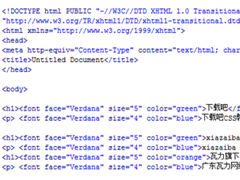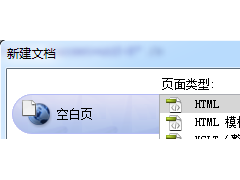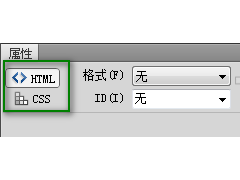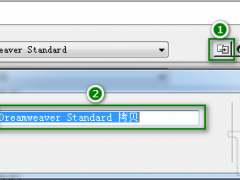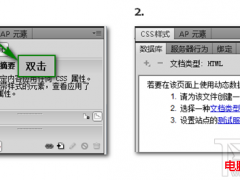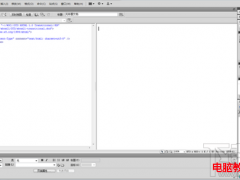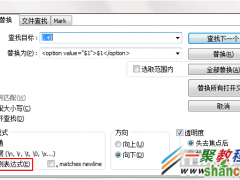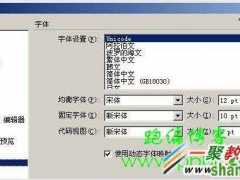一、系统启动后注入配置
package com.example.config;
import org.springframework.beans.factory.annotation.Autowired;
import org.springframework.context.annotation.Configuration;
import org.springframework.context.annotation.PropertySource;
import org.springframework.core.env.Environment;
@Configuration
@PropertySource(ignoreResourceNotFound = true, value = {"classpath:/config/email.properties","classpath:/config/email.yml"}, name = "email")
public class Config {}
需要在ApplicationContext中注册配置
AnnotationConfigEmbeddedWebApplicationContext context = (AnnotationConfigEmbeddedWebApplicationContext) app.run("参数1");
context.register(Config.class);
用以下方式取值
Environment env = context.getEnvironment();
System.out.println(env.getProperty("address"));
email.yml文件配置如下:
server:
address: 127.0.0.1
二、在命令行传入注入到程序中
public class Main {
public static void main(String... args) {
//initialize the command line parsing stuff
OptionParser parser = new OptionParser();
parser.accepts("greeting").withRequiredArg();
OptionSet options = parser.parse(args);
//create the actual Spring PropertySource
PropertySource ps = new JOptCommandLinePropertySource(options);
//setup the Spring context
AnnotationConfigApplicationContext ctx = new AnnotationConfigApplicationContext();
ctx.getEnvironment().getPropertySources().addLast(ps);
//register the property source with the environment
ctx.register(Greeter.class);
ctx.refresh();
Greeter greeter = ctx.getBean(Greeter.class);
greeter.sayGreeting();
}
}
@Component
class Greeter {
@Inject private Environment env;
//the following would also work
//@Value("${greeting}")
//private String greeting;
public void sayGreeting() {
System.out.println(env.getProperty("greeting", "Welcome!"));
}
}
public static void main(String [] args) {
SimpleCommandLinePropertySource ps = new SimpleCommandLinePropertySource(args);
@SuppressWarnings("resource")
AnnotationConfigApplicationContext ctx = new AnnotationConfigApplicationContext();
ctx.getEnvironment().getPropertySources().addFirst(ps);
ctx.register(ApplicationConfig.class);
ctx.refresh();
}
@Configuration
@EnableScheduling
@ComponentScan("com.mycompany.package")
@PropertySource(
value = {"classpath:/application.properties", "file:${config.location}"},
ignoreResourceNotFound = true
)
class ApplicationConfig {
@Bean
public static PropertySourcesPlaceholderConfigurer propertyConfigurer() {
return new PropertySourcesPlaceholderConfigurer();
}
}
@Component
class MyComponent {
@Value("${my.property.data}")
private String myPropertyData;
@Scheduled(fixedDelayString = "${schedule.delay.period}")
public void run() {
:
}
}




